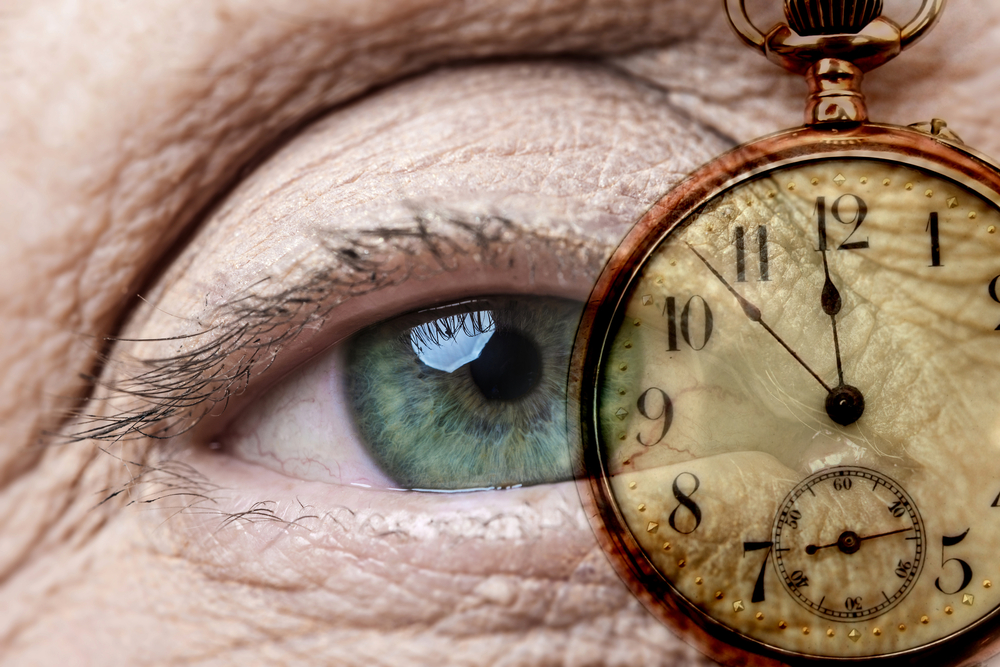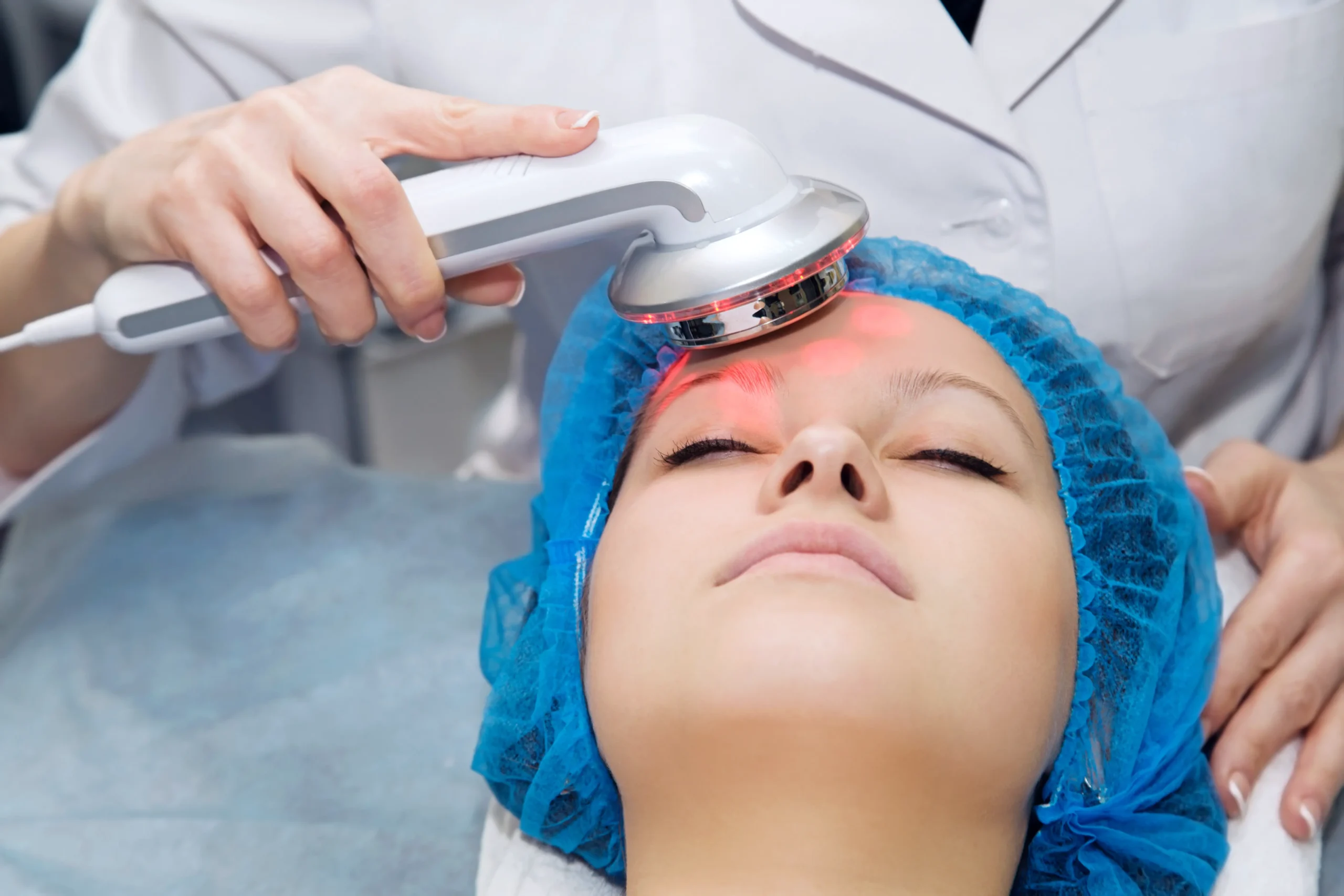- Vbeam is a special type of pulsing, yellow light laser used in select dermatology offices to treat red lesions or discoloration.
- The age, color, and location of the lesions on your body will determine whether they can be removed with the Vbeam device.
What is the Vbeam laser?
Made by Syneron Candela, a global leader in non-surgical medical devices, Vbeam is a best-selling pulsed-dye laser most often used on the face and bodily extremities.
Lighter-skinned patients with vascular blemishes such as red blotches, spider broken blood vessels, rosacea, or red birthmarks are ideal candidates for Vbeam treatments.
Its proven effectiveness and lack of risk and side effects make it a preferred method of treatment for many patients and physicians. As with any treatment, however, it is essential to understand how it works and its effects before beginning your sessions.
How does Vbeam work?
Pulsed-dye lasers like Vbeam deliver a powerful yet gentle burst of energy to precise locations on the skin through several separate micro-pulses of yellow light.
“Pigmentation from broken capillaries and scars is caused by dilated blood vessels, which contain a large amount of red blood cells,” says Dr. Joshua Zeichner, MD, of Zeichner Dermatology in New York City. “The energy from the Vbeam laser is absorbed by these red blood cells, heating up the blood vessels and destroying them in the process.”
Because the device prevents heat from spreading to other areas, the damaged blood vessels are eliminated altogether while surrounding cells remain unscathed.
Which conditions does it treat?
Vbeam is intended for any patient who desires to improve the condition and appearance of their skin.
The device is generally used to treat these common skin concerns:
- acne scars
- sun spots
- facial veins
- leg veins, including spider veins
- angiomas
- facial flushing from rosacea
- skin laxity and fine wrinkles
Dr. Zeichner treats his patients with Vbeam to remove broken capillaries and warts. He also uses it to improve redness within scars and stretch marks. “The laser works best on red lesions because they optimally absorb the wavelength of light emitted by the laser,” he explains.
The age, color, and location of the lesion on your body will determine whether the spots can be removed with the Vbeam device.
“Some cases of skin pigmentation, such as melasma or the mask of pregnancy, are caused chemicals released from broken capillaries,” says Dr. Sandy Milgraum, MD, Associate Professor of Dermatology at Rutgers Medical School in New Jersey.
While Vbeam may be effective in such cases, Dr. Milgraum concurs with Dr. Zeichner — the treatment is most effective when used to treat red, vascular blemishes.
“Vbeam can be used for some flat pigmented lesions, such as sunspots or lentigenes, but there are much better lasers to treat these and other brown pigmented lesions,” says Dr. Milgraum.
What is treatment like?
Treatment with the Vbeam laser takes place at the dermatologist’s office with little to no preparation required.
During each session, you will lie down or recline in a chair, depending on the area of skin to be treated. Both you and your doctor will wear protective glasses to protect your eyes from the laser light.
Once your dermatologist is ready to begin, they will set the parameters on the machine for your target area. They will also protect your skin with an exclusive cooling method called a dynamic cooling device (DCD). This treatment sprays a cooling mist onto the targeted area of skin before each laser pulse. The mist protects the skin and maximizes your treatment results.
Every patient will need at least a few sessions of Vbeam to treat their condition, usually spaced a month apart. However, the length of care and time of laser exposure will vary depending on your needs. Keep up with your appointments for best results.
Before and after Vbeam laser

What are the potential risks and side effects?
Pulsed-dye laser treatment has been used since the 1980s to remove port-wine stains on both infants and young children. Since then, extensive research and many procedures have determined that this treatment is safe.
While there are no serious side effects, some patients will experience mild swelling or redness immediately following treatment; this feeling usually goes away in a few hours. Occasionally, purpura, or laser bruise, may occur; these marks usually disappear within three to five days.
What are the aftercare instructions?
Whether you receive treatment on your face, legs, or another area, the application of the laser will not be painful, although you may experience a tingling or warming sensation during treatment. No anesthetic is required — the cooling DCD helps protect your skin and prevent discomfort.
Avoid sun exposure before and in between treatment sessions for best results. A sunscreen with an SPF of 30 or higher should be applied on the targeted area during this time.
While you will not have to take time away from work, school, or other responsibilities, post-treatment guidelines will depend on your skin condition.
When should I see results?
Most patients will notice the visible benefits of Vbeam treatment right away. These include reduced discoloration, as well as firming and tightening of the treated area.
Your results will depend on the number of sessions you undergo and the condition that is being treated. In some instances, treatment results are permanent, while others may last for years at a time.
Talk to your doctor about how you can maintain your results for as long as possible. Patients with acne scars, for example, should prevent the injuries that caused the original discoloration, while those who need sun spot removal should limit their outdoor exposure.
What is the cost of Vbeam laser?
It depends on the area being treated, but on average it costs $400-$800 for a single treatment. It is recommended to get 3-5 treatments for optimal results.
How does Vbeam compare to other treatments?
“The Vbeam laser is one of my work horses in the office,” says Dr. Zeichner. “It is highly effective for blood vessels, but other lasers may be more helpful in treating brown spots or resurfacing the skin. This is because each laser wavelength is absorbed by different targets in the skin, whether it be melanin, blood vessels, or water.”
Dr. Rhonda Klein of Modern Dermatology in Westport, CT, concurs: “I love my Vbeam. It works great for certain blood vessel conditions, but frequently, combination therapy is required for the best outcome.”
Effective combination treatments may include using the pulsed-dye laser with a fractional CO2 laser to reduce fresh scars without adverse skin reactions. Some port-wine stains are best treated when Vbeam’s pulsed-dye laser is combined with a fiberoptic Nd-YAG laser.
Additional potential treatments for reducing the redness of enlarged blood vessels include dermabrasion and electrosurgery. Some studies also indicate that a long-pulsed dye laser may be more effective than a regular pulsed-dye laser.
Cherry angiomas may be best treated using pulsed-dye laser, rather than electrodesiccation, a popular treatment in which an electrical current is used to remove lesions from the skin.
If your physician recommends a combination therapy, they will explain the risks, benefits, and side effects for all procedures and how they will work together to help you achieve your goals.
How to get started with Vbeam
Talk to your dermatologist or skincare professional about the condition that is bothering you to see if you should get started with Vbeam treatments. They will review your medical history and perform a visual exam to evaluate your target area.
If the pigmentation or lesion is appropriate for pulsed-dye laser therapy, your dermatologist will create a customized treatment plan and inform you if there is another procedure that is more appropriate for your skin condition.









